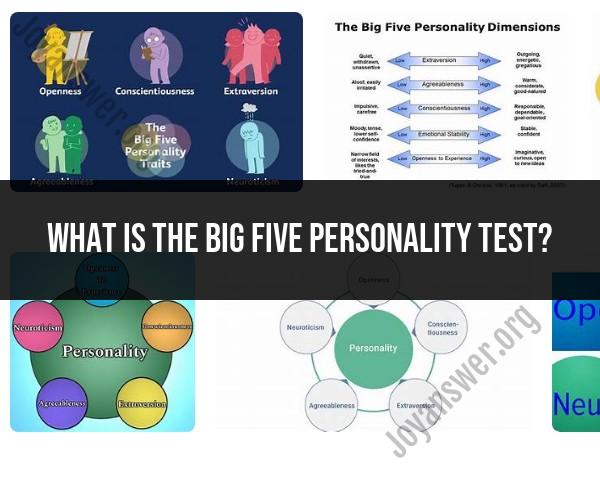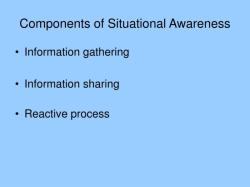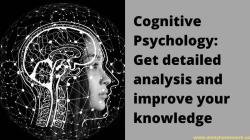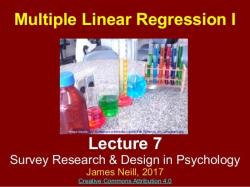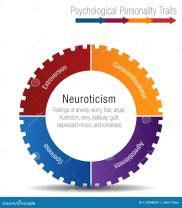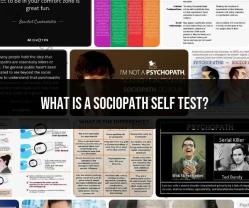What is the Big Five personality test?
The Big Five personality test, also known as the Five-Factor Model (FFM) or the Five-Factor Personality Model, is a widely used psychological model that describes human personality based on five core dimensions. These dimensions, or factors, represent the key traits that are believed to encompass most aspects of personality. The Big Five traits are:
Openness to Experience: This trait measures an individual's openness, creativity, and receptivity to new ideas and experiences. People high in openness tend to be imaginative, curious, and open to a variety of experiences, including art, culture, and intellectual pursuits.
Conscientiousness: Conscientiousness reflects a person's degree of organization, dependability, and self-discipline. Individuals high in conscientiousness are often responsible, goal-oriented, and reliable.
Extraversion: Extraversion refers to an individual's level of sociability, assertiveness, and energy. Those high in extraversion tend to be outgoing, social, and energized by interaction with others.
Agreeableness: This trait assesses a person's degree of friendliness, cooperativeness, and empathy. People high in agreeableness are typically considerate, warm, and compassionate in their relationships with others.
Neuroticism (Emotional Stability): Neuroticism represents emotional stability and resilience. High levels of neuroticism indicate greater emotional reactivity, anxiety, and mood swings, while low levels suggest emotional stability and calmness.
The Big Five personality test is considered one of the most comprehensive and widely accepted models for understanding personality, and it is used in both research and applied settings. It offers a framework for assessing and describing personality traits, and it can be valuable in various contexts, such as:
Psychology: Psychologists use the Big Five to understand and study personality traits and their impact on behavior and mental health.
Employment and Career Counseling: Some employers and career counselors use the Big Five to assess job candidates' suitability for specific roles or to help individuals choose careers that align with their personality traits.
Relationship Counseling: The Big Five can provide insights into how personality traits may affect relationships and compatibility.
Personal Development: Individuals can use the Big Five to gain self-awareness and insights into their own personality, potentially leading to personal growth and self-improvement.
There are various validated questionnaires and assessments available to measure the Big Five traits, with self-report questionnaires being the most common. These assessments typically involve participants rating themselves on a series of statements related to each personality factor.
It's important to note that while the Big Five provides a valuable framework for understanding personality, it doesn't encompass all aspects of an individual's uniqueness and doesn't capture every nuance of personality. Personality is complex, and other models and theories also contribute to our understanding of it.
Exploring the Big Five Personality Test: What Is It?
The Big Five Personality Test is a self-report questionnaire that is used to measure the five major personality traits: openness to experience, conscientiousness, extraversion, agreeableness, and neuroticism.
The test was developed by researchers in the 1980s and has since become one of the most widely used personality tests in the world. It is used by researchers, clinicians, and employers to better understand personality and its impact on behavior.
Understanding the Traits Assessed by the Big Five Personality Test
Openness to experience is the willingness to try new things and be open to new ideas. People who are high in openness to experience are often creative, imaginative, and curious. They may enjoy new experiences, such as traveling to new places or trying new foods.
Conscientiousness is the tendency to be organized, reliable, and responsible. People who are high in conscientiousness are often good at planning and setting goals. They may also be perfectionistic and have high standards for themselves.
Extraversion is the tendency to enjoy social interaction and be outgoing. People who are high in extraversion are often energetic and talkative. They may enjoy being around other people and being the center of attention.
Agreeableness is the tendency to be trusting, cooperative, and helpful. People who are high in agreeableness are often good at getting along with others and avoiding conflict. They may also be forgiving and have a lot of empathy for others.
Neuroticism is the tendency to experience negative emotions, such as anxiety, worry, and sadness. People who are high in neuroticism are often more sensitive and emotionally reactive. They may also be more likely to experience stress and difficulty coping with setbacks.
Applications and Significance of the Big Five Personality Assessment
The Big Five Personality Test has a wide range of applications in research, clinical practice, and the workplace.
Research: The Big Five Personality Test has been used in thousands of research studies to investigate the relationship between personality and a variety of outcomes, including academic achievement, job performance, mental and physical health, and romantic relationships.
Clinical practice: The Big Five Personality Test can be used by clinicians to assess personality and to develop treatment plans for clients. For example, a clinician may use the test to help a client to understand their strengths and weaknesses, or to develop strategies for coping with stress and anxiety.
Workplace: The Big Five Personality Test can be used by employers to select and place employees, and to develop training and development programs. For example, an employer may use the test to identify candidates who are high in conscientiousness for a job that requires a lot of attention to detail.
The Big Five Personality Test is a valuable tool for understanding personality and its impact on behavior. It is used in a variety of settings to improve people's lives.
